Protein can also be used as a source of energy by crustaceans
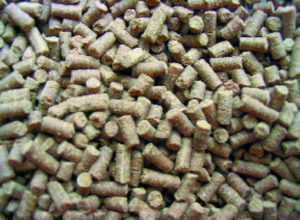
Of all the issues important to shrimp nutrition, the reduction of feed cost with concomitant increased feed performance are most desirable. Because feed cost is primarily associated with protein and energy levels, the issue is therefore one of “quality.”
This quality refers to how well protein and energy sources are digested, absorbed across the animals’ guts, and assimilated into tissue growth or used for energy. The use of poor-quality protein or energy sources in feed presents a high potential for reduced growth efficiency and increased excretion of nitrogenous and carbon waste products into the culture medium and/or receiving stream.
Past research, issues
Past research on dietary protein requirements for shrimp largely focused on feed protein concentrations and failed to address digestibility and feed consumption. Also, the inclusion of high-quality protein with increased digestibility and/or higher feed ingestion rates could compensate for low dietary protein levels in feeds.
Currently, protein requirement research focuses on how much protein animals must assimilate on a daily basis to maximize growth. In some cases, protein “requirements” have been shown to actually decrease with increased body weight, irrespective of dietary protein levels.
As mentioned, the optimization of dietary protein for tissue growth and maintenance is essential. However, protein can also be used as a source of energy by crustaceans. One indication of this is their relative inability to store lipids and carbohydrates.
As with most animals, the use of protein for tissue growth in shrimp is optimized when its requirement as an energy source is minimized. But fundamental differences exist in aquatic crustacean and vertebrate energy partitioning, in that the former are largely buoyant in the aquatic medium, their waste energy losses are lower, and their metabolic heat losses due to molting imply a variable energy demand.
Other problems exist in the optimization of dietary protein levels for shrimp feeds that use nonprotein energy sources. Firstly, dietary lipid concentrations are limited in shrimp feeds to less than 10 to 12 percent due to pellet stability and palatability issues. Secondly, shrimp are unable to efficiently utilize simple carbohydrates, such as monomers of glucose. For this reason, complex carbohydrates are the more practical source of nonprotein energy in balanced feed formulations.
Therein lies another issue, however. Complex sources have variable digestibility coefficients. Currently, wheat starch is the most common carbohydrate used in research formulations, largely due to its high digestibility.
Protein-energy ratios
The gross energy of most crustacean feeds shows relatively minor variation, ranging 3 to 4 kcal per grams feed. Because of this, knowledge of the digestible protein and energy content of feeds and/or ingredients is required.
From a practical standpoint, optimization of feed energy should be determined in conjunction with a minimum dietary protein level in order to reduce feed costs. In practice, only a fairly narrow range of digestible energy:protein (DE:P) is possible because high DE:P presumably reduces the consumption of dietary protein and low DE:P could waste protein via catabolism. Whether increased dietary energy reduces consumption, and hence growth, is currently under investigation by shrimp nutritionists.
Optimum protein, energy levels
Past research largely focused on the protein-sparing effects of complex dietary carbohydrates. Unfortunately, many early studies did not consider the digestibility of energy or protein sources. Other relevant shortcomings included a lack of information on feed consumption, failure to determine energy coefficients, and use of various protein and energy sources with different digestibilities.
Most recent work at the optimization of protein and energy levels has been undertaken with Penaeus monodon. For the most part, this research has identified a range of 26 to 30 mg crude protein per kilojoules energy as optimal. Recent research with Western Hemisphere penaeids has indicated a slightly lower P:E ratio of 23 to 25 mg crude protein per kilojoules.
Recent research from Mexico showed that consumption of high-protein feeds by Litopenaeus vannamei resulted in high levels of hemolymph protein. This protein can be used either as an energy source or broken down into free amino acids for osmoregulation. On the other hand, consumption of feeds with carbo-hydrate content as low as 1 percent shifted metabolism toward gluconeogenesis.
The efficiency of protein utilization for tissue synthesis or energy is typically measured by level of postfeeding ammonia excretion. In low-salinity feeding trials, L. vannamei used protein as an energy source.
Recommendations
Because of the variety of culture criteria applied to shrimp nutrition research, it is presently not possible to offer a single, ideal methodology for determining optimum P:E. Despite this, some recommendations can be made.
- Use a single, standard protein source in trials to maintain a consistent essential amino acid profile of dietary protein.
- Determine the digestibility coefficients of both protein and nonprotein energy sources.
- Use low-protein, isonitrogenous feeds.
- All nonprotein energy sources should be highly digestible.
- The ingestion rates of feeds should be similar and quantified, with feeds offered at below-satiation rates.
- Energy efficiency should be evaluated on the basis of whole body energy retention.
- Because shrimp have typically high rates of passage and feeds leach nutrients, P:E trials should be undertaken using multiple or automated feeding methodology with more than 12 feedings per day.
- Abiotic (temperature and salinity) as well as somatic (age/weight, molt status) interactions should be evaluated.
- Shrimp should show typical growth and survival rates with a minimum experimental period of eight weeks.
(Editor’s Note: This article was originally published in the August 2004 print edition of the Global Aquaculture Advocate.)
Now that you've reached the end of the article ...
… please consider supporting GSA’s mission to advance responsible seafood practices through education, advocacy and third-party assurances. The Advocate aims to document the evolution of responsible seafood practices and share the expansive knowledge of our vast network of contributors.
By becoming a Global Seafood Alliance member, you’re ensuring that all of the pre-competitive work we do through member benefits, resources and events can continue. Individual membership costs just $50 a year.
Not a GSA member? Join us.
Authors
-
Joe M. Fox, Ph.D.
Texas A&M University
6300 Ocean Drive
Corpus Christi, Texas 78412 USA[117,100,101,46,99,99,117,109,97,116,46,110,111,99,108,97,102,64,120,111,102,106]
-
Addison L. Lawrence, Ph.D.
Texas A&M University
6300 Ocean Drive
Corpus Christi, Texas 78412 USA
Tagged With
Related Posts
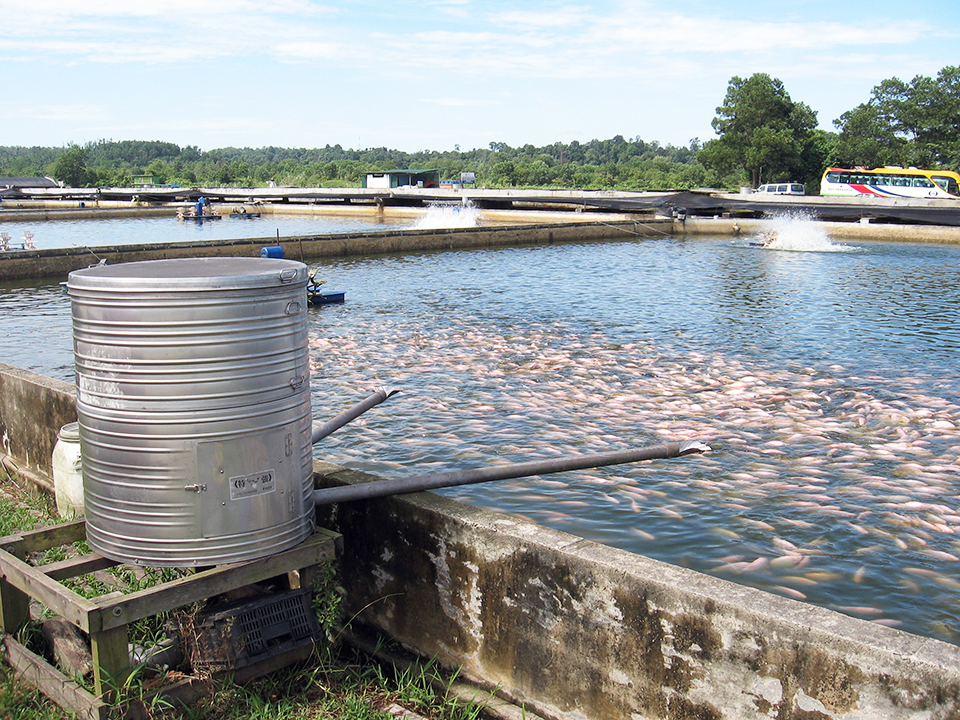
Aquafeeds
Consider feed quality, not just cost
Since feed costs can contribute up to 60 percent of the expenses for an aquaculture business, it is common for farms to purchase lower-cost feeds.
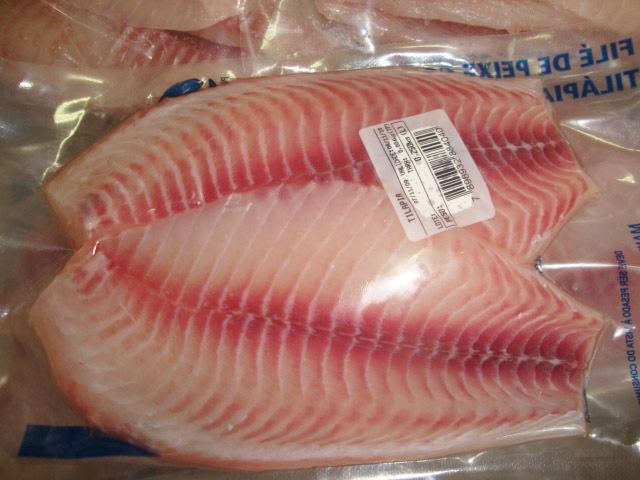
Health & Welfare
Dietary threonine factor in tilapia fillet yield
In a commercial field trial, Nile tilapia were distributed in net cages and fed diets containing increasing threonine:lysine ratios.
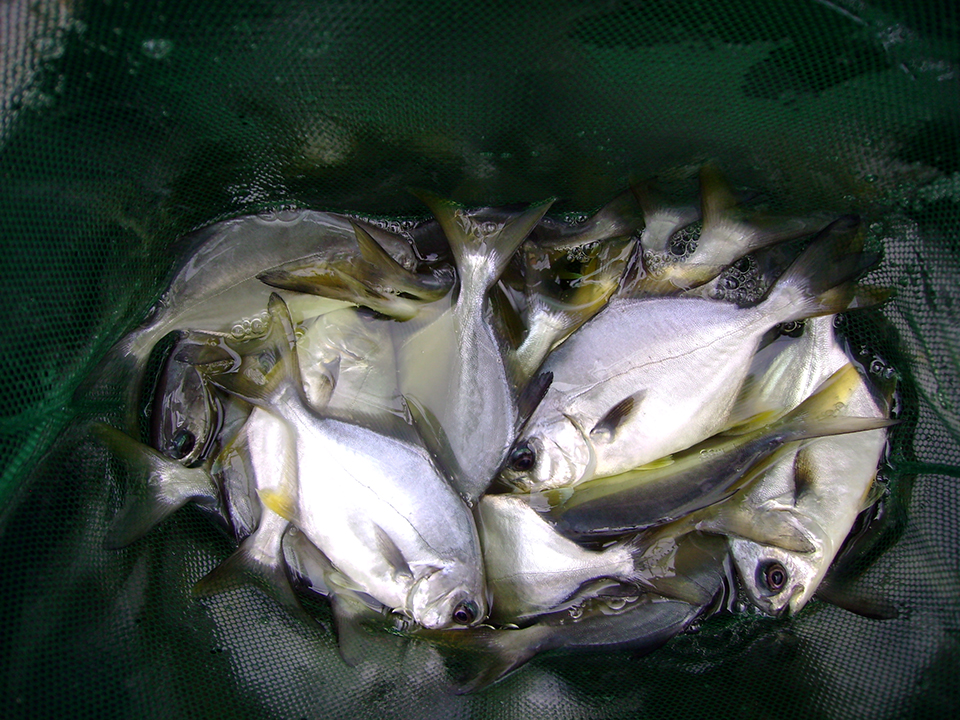
Health & Welfare
Taurine: Critical supplement for marine fish feed
Taurine may not only improve growth and performance, but also is required to reduce nutritional diseases such as green liver disease and low hematocrit levels in some fish.
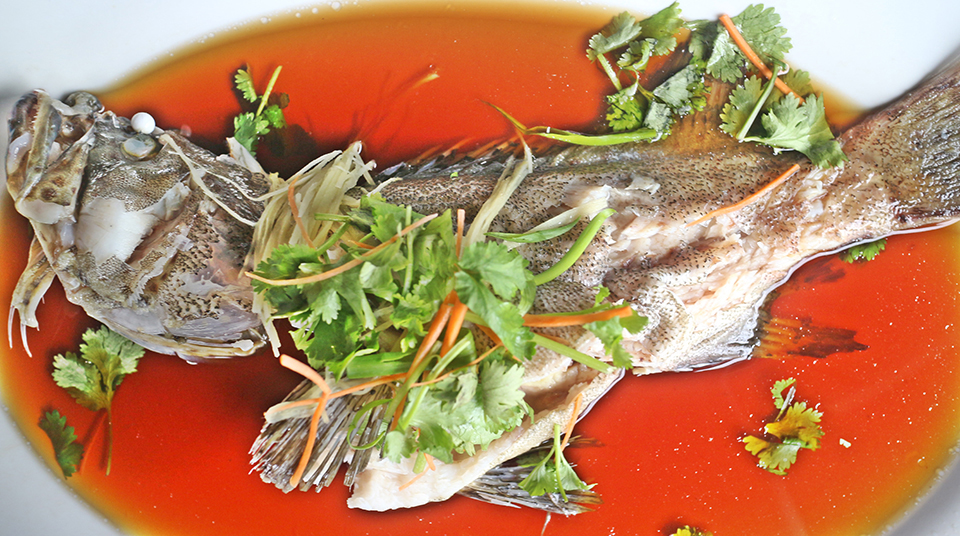
Aquafeeds
Soy trials replace fishmeal in grouper feeds
Although groupers present desirable traits as an aquaculture species, the high cost of feed for the carnivorous fish limits expansion of grouper culture. The author performed two trials to evaluate the performance of tiger grouper juveniles fed soybean meal-based feeds.


